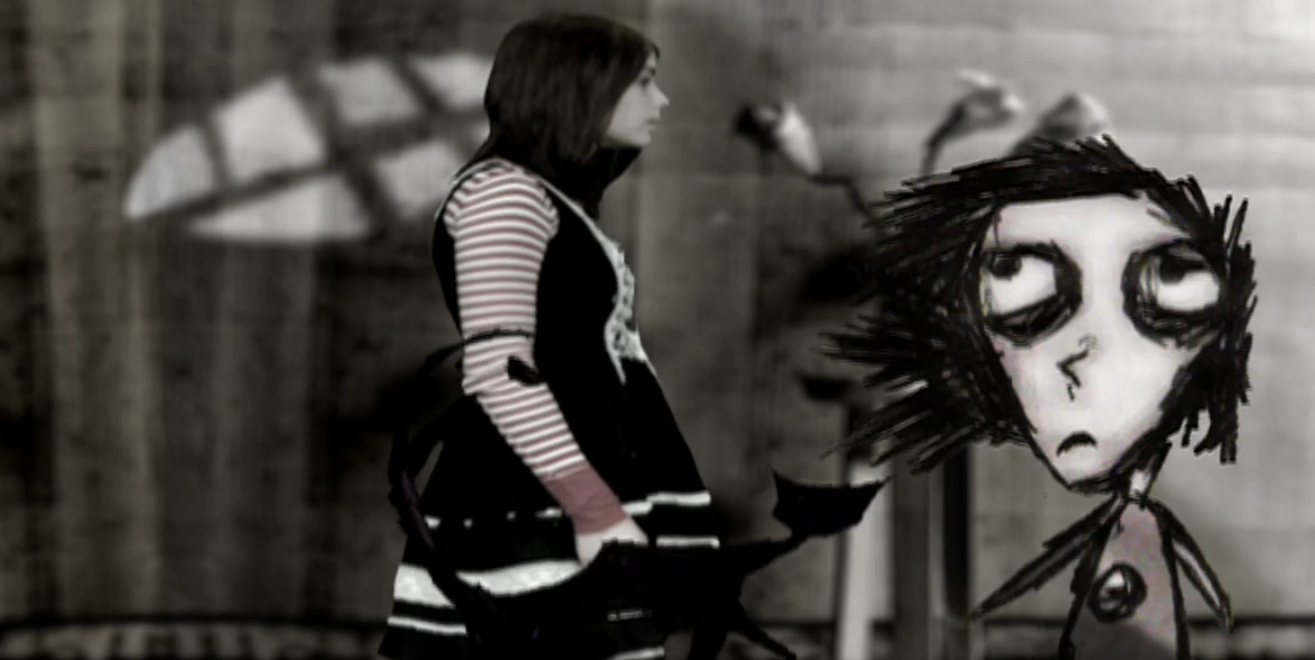A look back at John Roberts’ award-winning Seussian fairy tale. Roberts will present his work at the Central Library on Oct 19.
“Mary’s Friend” is a 2009 animated short from director John Roberts whose title character (played by Ashley Heller) has a tendency to frighten the other kids at school. Seeking companionship outside of a broken home and a macabre collection of play-things, Mary turns to an old witch for a potion that will help her find a “real friend.” Told through a combination of live-action and hand-drawn animation, there isn’t much in the way of story in “Mary’s Friend.” The draw for Roberts’ film, which took the top prize in the 2009 Milwaukee Film Festival’s “Milwaukee Show,” is its aesthetic.
Beginning with Bad Theory’s ghoulish title card, it’s hard to watch “Mary’s Friend” and not think of Henry Selick’s Coraline. Story-wise, both “girl” leads have distant fathers (Mary’s is removed by suicide) and diabolical mothers (Mary’s is a “witch” who enjoys too many “potions,” if you’ll take the meaning), but there’s a similar rickety feel to both animation styles as well. Roberts’ hand-drawn characters have a humble, honest charm that smoothes out a resolution that feels borrowed from a Lucky McKee film. Roberts also blends the stop-motion photography between Ashley Heller’s very real self against grimly twee backdrops. Green wisps of smoke and a squeaky windmill immediately welcome us to a palpable handmade world, one ripped from the moldy pages of a Grimm’s Fairytales omnibus.
Maybe it’s Philip Sacremento’s rhyming narration that invites such a comparison. Roberts’ script, here a Seussian style of end rhymes, is the driving mechanism, realizing emotions and biography in fairytale verse, but its overuse actually hurts “Mary’s Friend,” even in spite of Sacremento’s velvety hissing. The film bends itself to its narration, which is often far too dense and difficult to sift through on a single viewing. After watching “Mary’s Friend” four times, aspects of its story still aren’t readily apparent, and when the moody but poorly-mixed piano isn’t drowning out the voiceover, the short finds its pace entirely dictated by any number of puzzling rhymes. The Poe reference is nice, but who is Lenore? Details like Mary’s never seen sister or a brother that’s allergic to cats feel more like excuses to smooth out narration rather than well-considered tidbits. With its charming style and construction, “Mary’s Friend” feels like an impressive and morbid classroom diorama.

